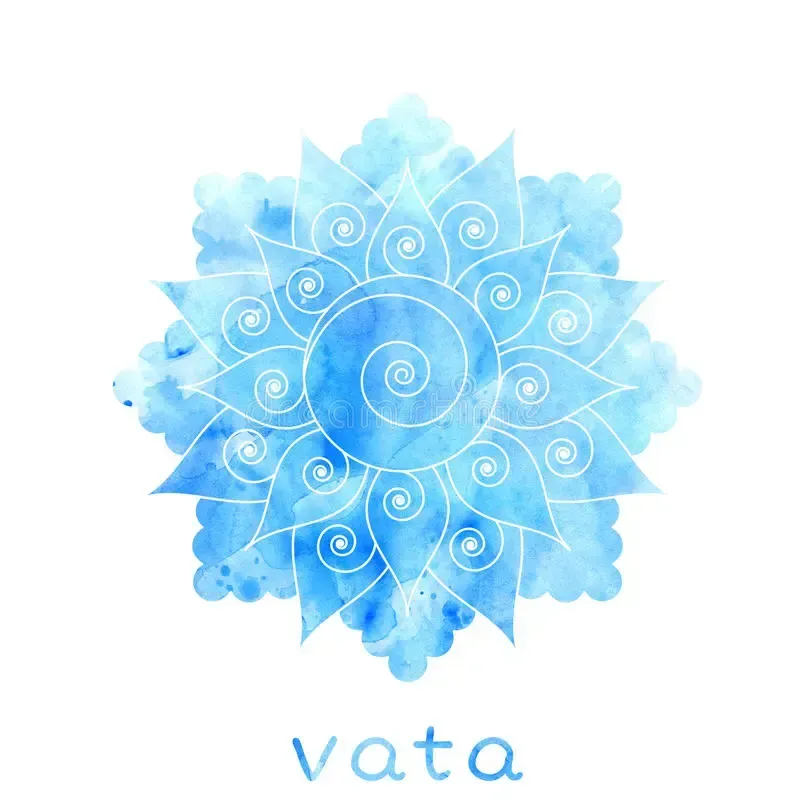
What is Ayurveda Doshas in Ayurvedic medicine) each of three energies believed to circulate in the body and govern physiological activity. The term comes from Sanskrit dosa, meaning “fault” or “disease.” There are three doshas in total: vata, pitta, and kapha. Their energies are believed to circulate in the body and govern physical, mental, and emotional characteristics. Ayurvedic medicine is based on the idea that the world is made up of five elements — Aakash (space)🪐, Jala (water)🌊, Prithvi (earth)🌎, Teja (fire)🔥, and Vayu (air)💨 A combination of each element results in the three doshas.
What’s cool about doshas, is that the three doshas are represented in everybody but in different amounts. Some people may have a health type (or constitution) that is more dominant in pitta, while others may skew toward vata-kapha dominance. The most important thing about Ayurveda is balance. Think of this as a two-way scale. If the scales (doshas) are not balanced, it will cause emotional, physical, and mental distress to a person. The goal is to get the doshas back to the levels at which they naturally exist in your body.
Vata Dosha - Vata dosha is composed of two elements, space, and air (also known as ether), and is generally described as cold, light, dry, rough, flowing, and spacious. Those with a Vata dosha are usually described as slim, and light, no matter what they eat, they stay thin. They have a very fast metabolism. They are also described to have small eyes and irregular features. As for personality goes, they are creative and energetic, they have mood swings, are dramatic, live in the future, insecure, and expressive.
Each dosha can either be balanced or out of balance. If your Vata is out of balance, you may experience some symptoms like (dryness of the skin, hair, ears, lips, & joints, feeling anxious, dryness internally, bloating, gas, constipation, dehydration, weight loss, aches and pains, tightness in the body, muscle spasms, asthma, tired and fatigued, poor circulation which leaves you with cold hands and feet, feel cold physically, lack of focus, restless, lightheaded, and ungrounded.) If your Vata is balanced, you will feel the complete opposite. (Regular breathing, comfortable movement, energetic, calm mind, creativity, learning easily, even body temperature, balanced circulation, etc…)
Here are some ways you can keep the Vata Dosha balanced ↓
- The KEY tip to balancing your vata dosha is your diet. Since Vatas are known to have wind-like appetites, meaning sometimes their appetites are strong, sometimes weak, and sometimes not there at all, here are some nourishing foods to balance your Vata. You want to focus on warm foods and drinks, oily foods, and favor sweet, sour, and salty flavors.
- Try to stay warm and cozy. Be in a cozy environment, take baths, and wear warm clothing. Vatas are usually always cold, hands and feet get the coldest, so try to stay warm.
- Have regular body massages in your routine to help improve circulation, calm anxiety, stress, and depression, and alleviate dry skin.
- Try to follow a fixed routine, like bedtime, eating meals at the same time every day, and waking up at the same time every day to help get you into a schedule.
- Me time. Me time is so important. Mediate, reflect, take naps, exercise, journal, and spend time in nature.
https://www.bhavawellness.com/new-page-61 ← Click here to explore the Vata diet!
Now there aren't just vata, there are sub-doshas as well. For each dosha, there are five sub-doshas. Subdoshas are responsible for overseeing specific actions, organs, or emotions. The five sub-doshas of Vata are 1. Prana Vata · 2. Udana Vata · 3. Vyana Vata · 4. Apana Vata · 5. Samana Vata.
Prana Vata - This sub-dosha takes care of the essential movement involved in the heartbeat, ingestion of food, sensory perception, inhalation, and the mind-body connection, hence Prana (life force energy). Prana vata also governs the vitality in each and every cell of our being.
Udana Vata - This sub-dosha takes care of the chest area. This is taking care of our outward expression of energy in the respiratory system, thoughts, voice, speech, and exhalation. This is the upward movement from the navel to the heart, lungs, throat, and brain.
Vyana Vata - This sub-dosha takes care of overall circulation and the heart. This sub-dosha is centered at the heart and gives us a connection to our consciousness and love. It circulates blood from the heart center throughout the entire body. It’s the center of our emotions, sensory movement, nerve impulses and muscle contractions, and cold extremities.
Apana Vata - This sub-dosha takes care of the downward flow of the colon and reproductive organs. This is the Vata that keeps checking on the reproductive organs, urinary tract, elimination, and pelvic region. A good downward flow would be experienced but regularity to our menstrual flow, ovulation, ejaculation, conception, urination, and elimination.
Samana Vata - This sub-dosha takes care of the digestive system between the chest and the navel region. This is the Vata that plays a key role in our digestion. absorbing nutrients for tissue nourishment and processing waste for elimination.
SHARE








